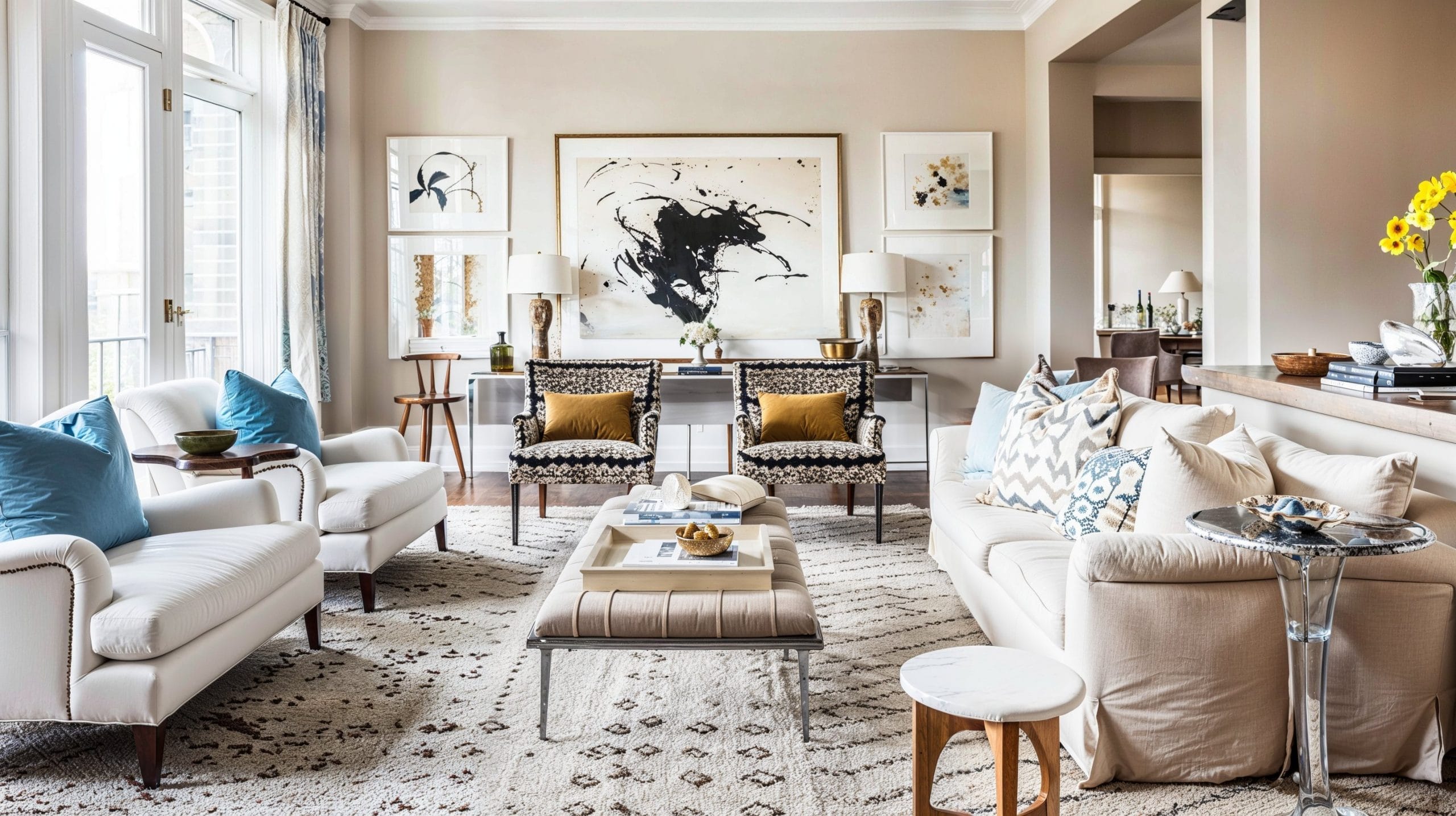Professional Architecture Firm specializing in modern structures.
Change Your Home With Crucial Principles of Interior Decoration and Visual Appeals
The art of transforming your home through the vital principles of indoor layout and aesthetic appeal requires a thoughtful approach that integrates color, balance, and spatial understanding. By recognizing the influence of color concept and the value of texture and patterns, one can create spaces that are not just visually attractive however likewise deeply personal. Attaining this balance involves greater than simple design; it encompasses a calculated arrangement and a keen understanding of exactly how each component interacts within a room. As we explore these fundamental principles, consider exactly how they may redefine your understanding of home and individual expression.
Recognizing Shade Theory
Recognizing the concepts of shade concept permits developers to develop rooms that resonate emotionally with residents while fulfilling useful needs. Each classification plays a critical duty in developing harmony within an area.
The psychological influence of colors is extensive; cozy tones such as reds and oranges stimulate power and warmth, while trendy tones like blues and greens advertise peace and harmony. In addition, the use of complementary colors improves aesthetic interest, producing striking contrasts that can raise an area's appeal.
Neutral shades, on the other hand, act as a flexible backdrop, allowing various other layout components to beam. It is vital to consider aspects such as lighting and the room's function when picking a color palette, as these can alter the perception of colors throughout the day.
Ultimately, a well-considered color design can change a space, cultivating a sense of convenience and style that lines up with the occupants' preferences. Proficiency of shade concept is, therefore, a crucial skill for any interior designer aiming to create unified and inviting atmospheres.
Achieving Equilibrium in Design
How can designers attain a feeling of balance in their rooms? Accomplishing balance in layout is basic to producing unified insides.
Unbalanced equilibrium, on the other hand, depends on differing components that still attain a natural appearance. This strategy allows for more vibrant and casual plans, providing interest while keeping equilibrium. By carefully picking differing dimensions, shades, and textures, designers can create a visually compelling space that really feels balanced yet energetic.
Radial balance stresses a main prime focus with elements emitting exterior. This design is generally seen in circular formats, where furnishings and decoration create a natural border that draws the eye inward.
Eventually, achieving balance requires thoughtful factor to consider of scale, percentage, and the relationships in between elements. luxury interior design. By skillfully applying these balance concepts, developers can transform areas right into environments that really feel both visually pleasing and functionally unified, boosting the total experience for passengers
Significance of Spatial Recognition

An eager feeling of spatial understanding allows developers to identify centerpieces within an area, leading the visitor's interest to essential functions while preserving a total sense of unity. It also helps in the tactical positioning of lights, which can dramatically influence the perception of room and state of mind. Additionally, comprehending spatial partnerships allows the designer to accommodate the specific needs of inhabitants, guaranteeing that each location serves its designated objective without compromising appearances.
Inevitably, spatial recognition is crucial for taking full advantage of the capacity of any indoor space. By carefully considering the interaction between measurements, format, and i was reading this function, developers can create atmospheres that not just fulfill sensible requirements yet additionally stimulate a sense of comfort and beauty, boosting the general living experience.
Integrating Appearance and Patterns
Welcoming a diverse variety of appearances and patterns can substantially improve the visual and responsive charm of an indoor room. The critical use of numerous products-- such as wood, steel, material, and stone-- develops deepness and interest, making a room feel extra inviting and vibrant. For instance, incorporating smooth surfaces with harsh textures can develop an equilibrium that attracts the eye and engages the senses.
When integrating patterns, take into consideration both range and repetition. Huge patterns can work as centerpieces, while smaller sized, subtle designs can enhance various other aspects without frustrating the room. Layering patterns, such as pairing flower cushions with candy striped tosses, adds intricacy and a feeling of consistency if performed thoughtfully.
It is additionally critical to maintain a natural color scheme, making certain that structures and patterns collaborate as opposed to compete for focus. By picking a few essential appearances and patterns, you can create an unified visual that reflects your personal design while improving the overall atmosphere of the room. Eventually, the mindful incorporation of these components can change an ordinary space into an advanced environment abundant with personality and warmth.
Personalizing Your Space
Creating a space that mirrors your individuality is vital to attaining an absolutely inviting environment. Personalization in interior decoration allows you to infuse your special design and rate of interests right into your home, transforming it from a simple sanctuary into a haven that talks to who you are. Begin by picking a color palette that reverberates with your feelings-- strong shades can stimulate, while soft tones use peace.
Incorporate artwork and decor that reflect your passions, whether it be traveling, nature, or abstract principles. Presenting individual collections, such as books, photos, or keepsakes, can stimulate treasured memories and produce see here now prime focus within an area. Additionally, consider personalizing functional pieces, like upholstered furnishings, to align with your visual choices.

Conclusion
In final thought, the transformation of a home through the essential concepts of interior decoration and aesthetic appeal necessitates a thorough understanding of shade concept, equilibrium, spatial understanding, appearance, and personalization. Each element adds dramatically to producing an unified and practical living environment - miami interior design. By attentively incorporating these concepts, people can boost the visual charm and emotional resonance of their areas, ultimately promoting a home that shows visit unique identities while giving convenience and functionality